8X Nghe An guy starts a business with salt-tolerant vegetables
(Baonghean.vn) - There is a type of wild vegetable that grows along shrimp ponds, sandbanks or along salt fields that can only be harvested once a season, has low productivity and economic efficiency, but since being domesticated, it has brought in hundreds of millions of VND/ha in income.
Domestication of wild vegetables on saline soil
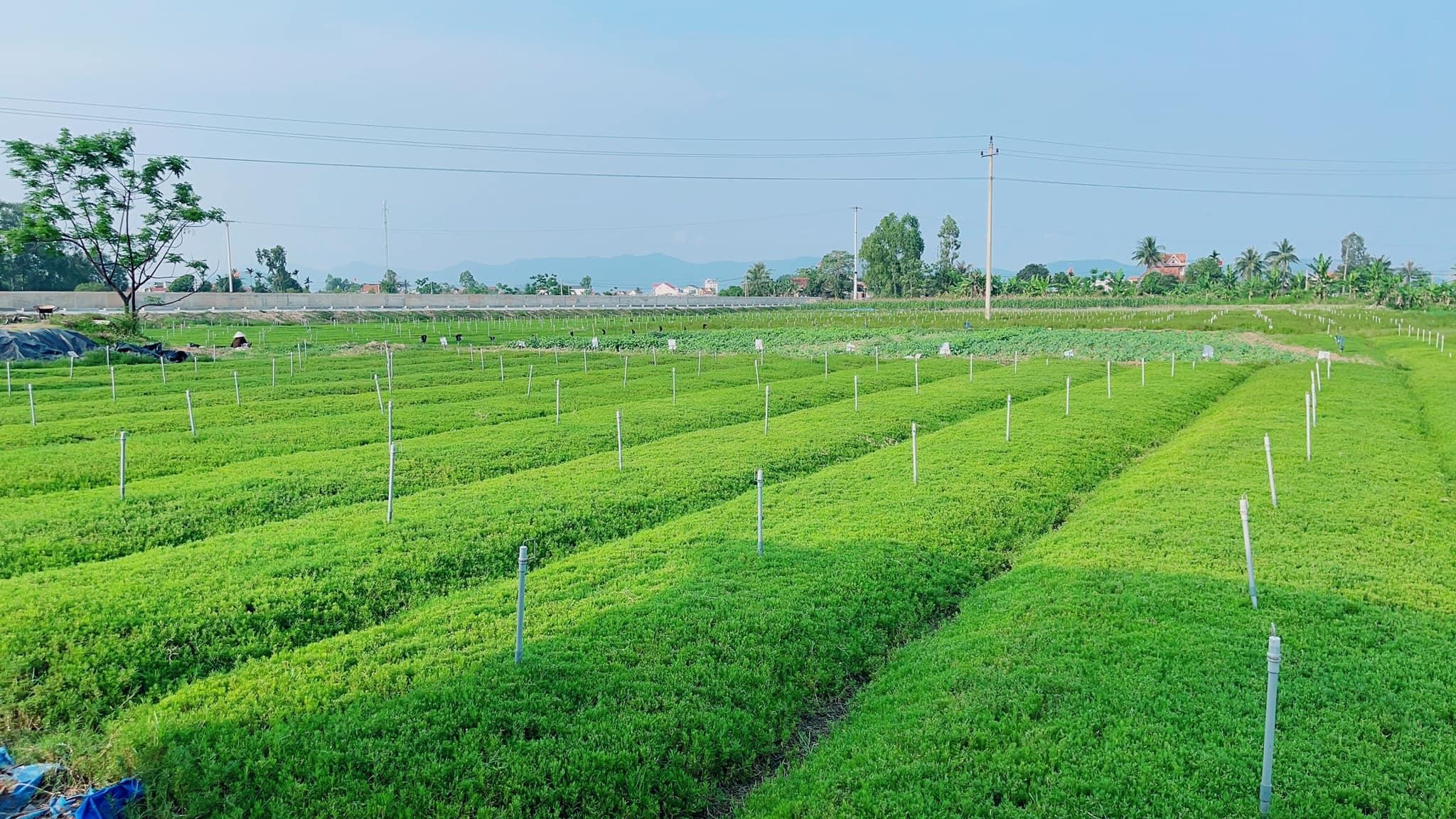 |
Doi field in Mai Hung ward (Hoang Mai town) is dry and salty, so it was previously abandoned, with grass growing up to a person's head, but now it is covered with the green color of jujube. Photo: Thanh Phuc |
Water spinachis a wild vegetable that grows along brackish rivers, shrimp ponds, salt fields, harvested in January - March of the lunar calendar, mainly in Quynh Luu and Hoang Mai town. Because it grows wild, the yield of this vegetable is low, coastal people mainly pick it to process dishes for their families, in years when the vegetable harvest is good, if they can't eat it all, they sell it.
However, the harvest time is short, the vegetables are scattered, so the yield is not high, the economic value is low. In particular, currently, the edges of shrimp ponds, salt ponds, river banks... have been renovated, leveled and tend to be concreted, so the remaining area of amaranth vegetables is not much. Meanwhile, amaranth vegetables have become a "specialty" that many people love, the selling price on the market is quite high, from 15,000 VND - 20,000 VND/kg.
Not wanting a hometown specialty to be exhausted, Tran Van Quan (born in 1984 in Quynh Di, Hoang Mai town) has cherished the plan to domesticate the jute plant and plant it intensively on saline soil.
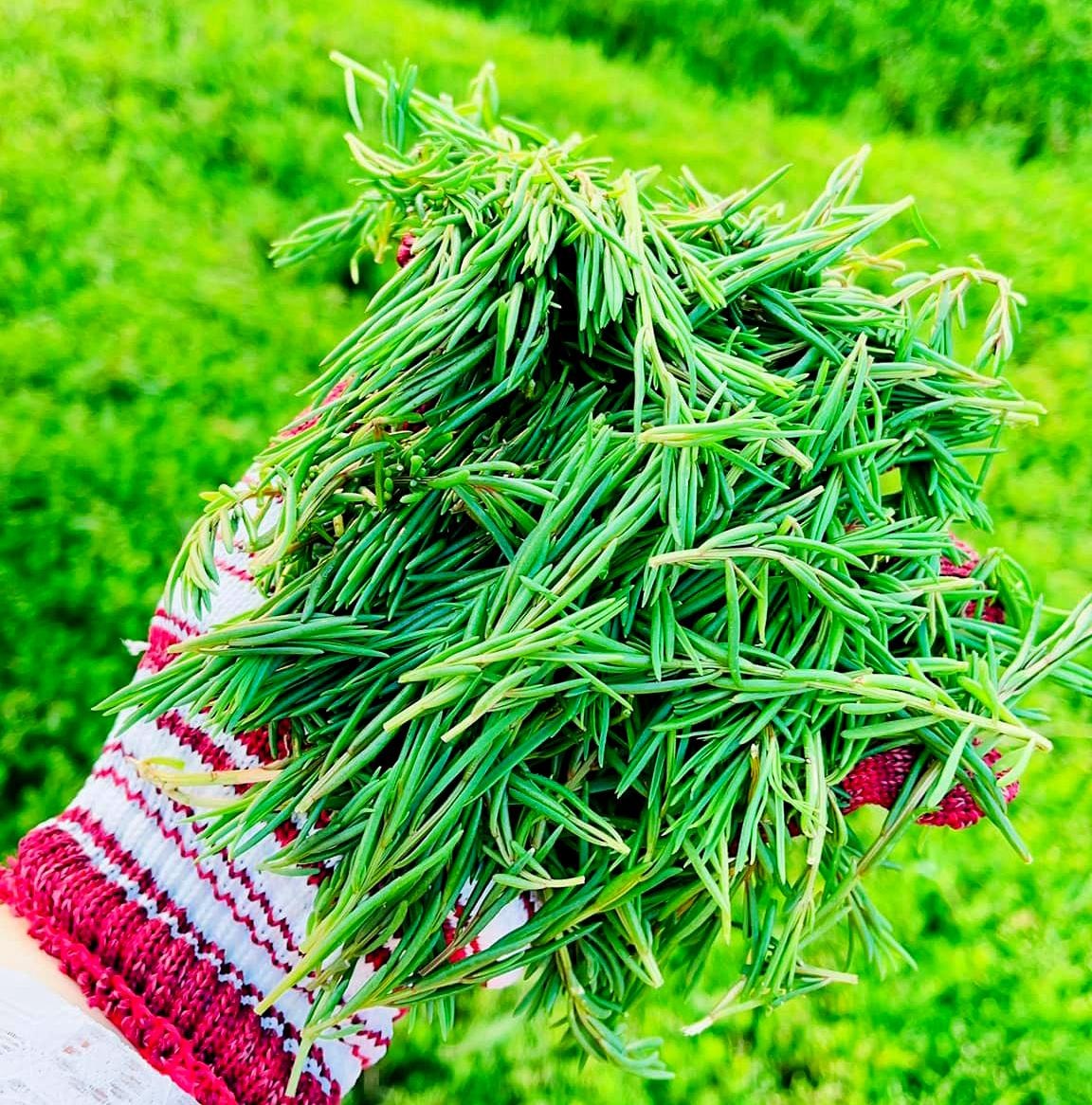 |
From wild vegetables, with his own "secrets", Mr. Tran Van Quan has successfully domesticated them, bringing in an income of 1 billion VND/year. Photo: Thanh Phuc |
Doi field is more than 1 hectare wide.Mai Hung Ward (Hoang Mai Town)For a long time, the land was deserted, the grass grew higher than the knee, because before that, people tried to plant beans and peanuts, but the plants were stunted, died young, and had low productivity. After experimenting and measuring the pH level in the soil, Quan found it quite suitable for the jujube plant. He "took a risk" and contracted this 1 hectare to carry out his idea.
Although it is a wild vegetable, it has strong growth but when it is introduced for breeding and trial planting, it is quite difficult. It takes until the 4th planting for the plant to adapt and grow.
“After receiving the contract, I used all my accumulated capital, borrowed from friends and relatives, and invested nearly 1 billion VND in this wasteland to level and improve the land, build a drainage system and install automatic irrigation nozzles. It is not easy to grow wild vegetables intensively. On the one hand, we must follow the natural characteristics of the plants, on the other hand, we must know how to add organic substances such as fermented chicken manure, fermented fish sauce residue, and salt water to help the vegetables grow, develop well, be young and be harvested all year round,” said Mr. Tran Van Quan.
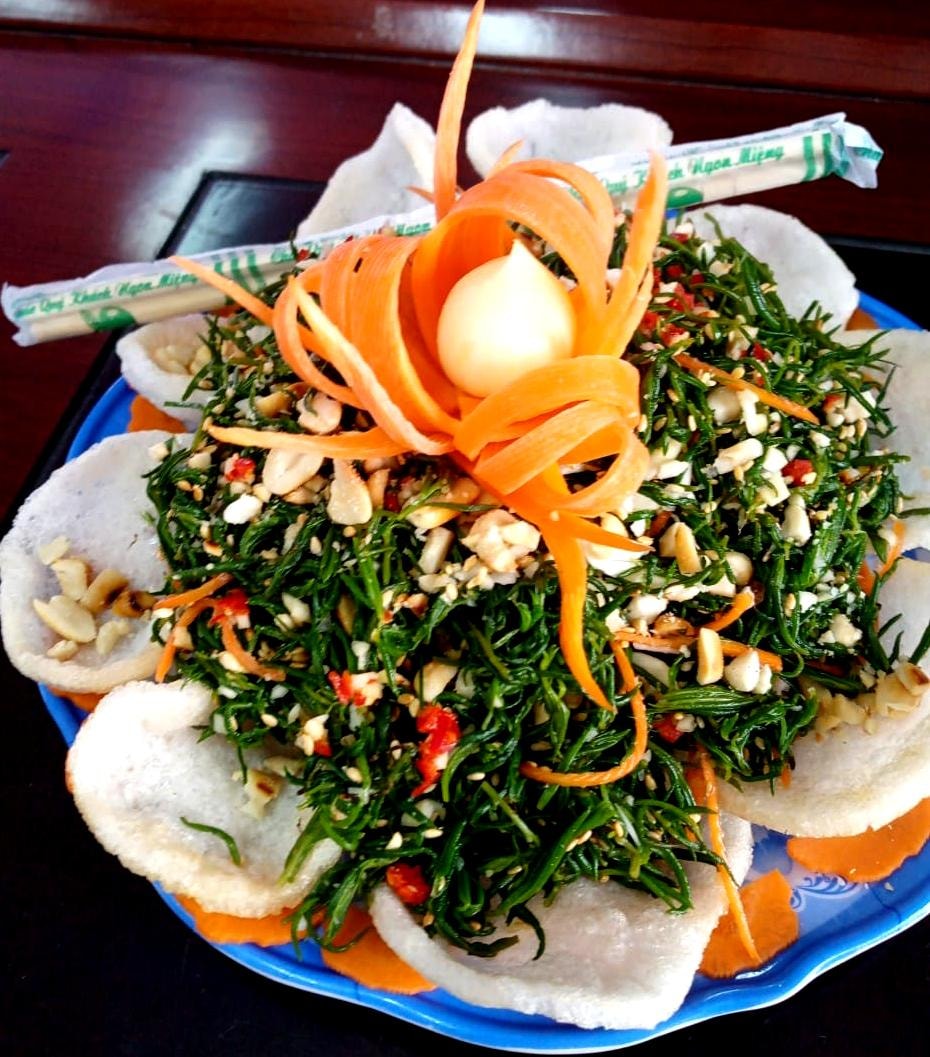 |
| Loquat leaves have become a specialty, ordered in large quantities by restaurants, hotels, and tourist areas in the country. The output for this vegetable is therefore quite stable. Photo: Thanh Phuc |
Thanks to those "secrets", he successfully domesticated this type of jute. Starting from the 9th lunar month, the seedlings are planted, and after 3 months the jute is ready for harvest. Instead of only being harvested in the early spring, when the plants are dry and old like wild jute, after domestication, the jute is grown intensively and can be harvested all year round (about 10, 11 months). Every 3-5 days, one crop is harvested, each crop is 3-5 quintals/sao. Planted in the alternating cropping pattern, vegetables can be harvested every day to sell to the market.
Rau lot is now not only a rustic dish but has become a specialty in restaurants, hotels, and famous tourist areas. Therefore, the consumption market is quite open. Currently, in addition to the domestic market, rau lot has been sold to the northern provinces, coastal tourist areas in Phu Quoc (Kien Giang), Ca Mau... The price of rau lot at the present time fluctuates from 15,000 to 25,000 VND/kg. After deducting expenses, each year it brings in about 1 billion VND in revenue, creating regular jobs for 3-5 local workers.
Open direction from saline agricultural model
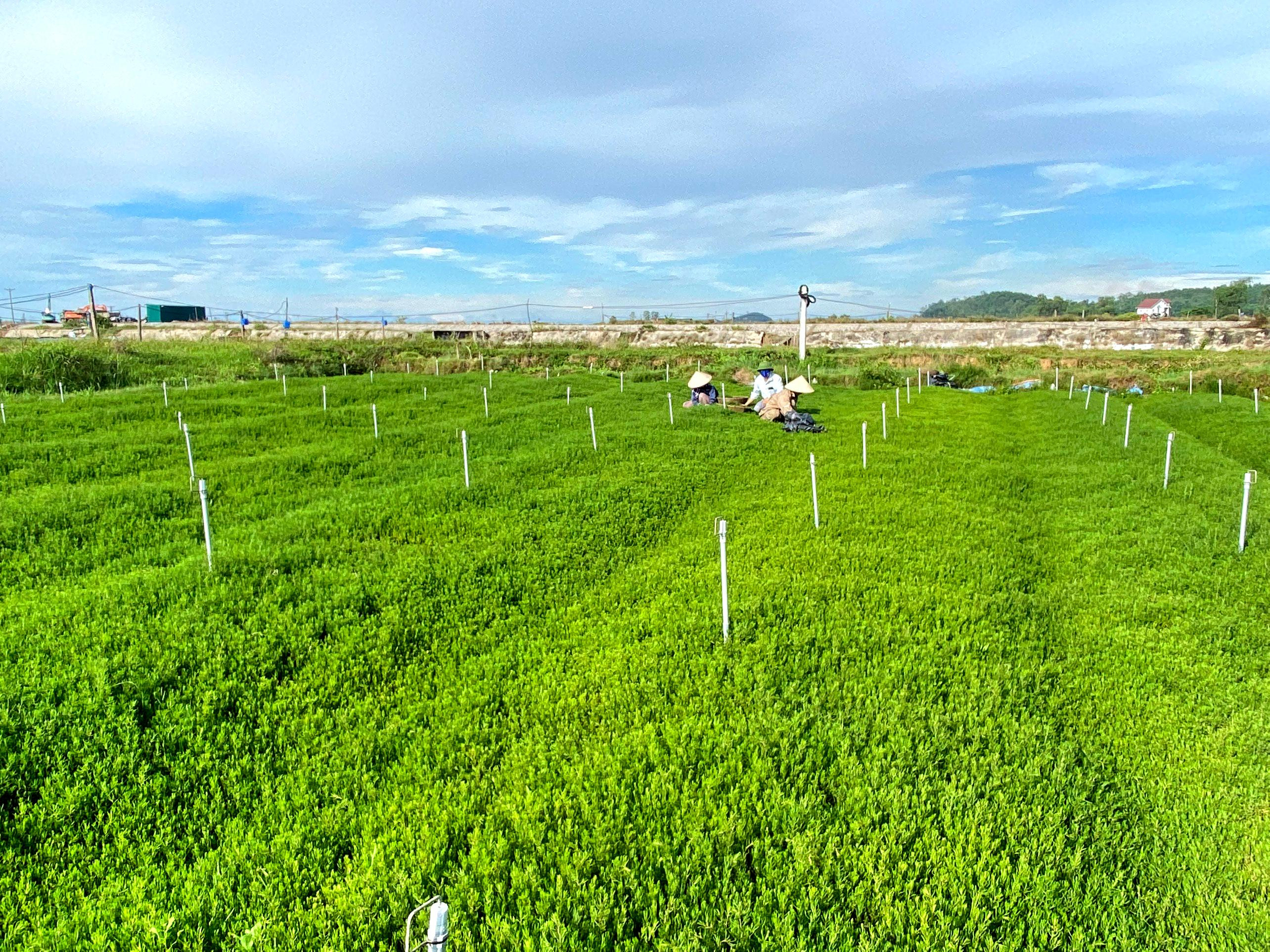 |
| Daily harvesting and year-round harvesting not only create a stable source of income but also create jobs for many local workers. Photo: Thanh Phuc |
Upcoming,Nghe An Watermelon Cooperativeowned by Tran Van Quan will rent more abandoned saline land, expand the area for growing water mimosa and salt-tolerant plants such as sea purslane, ground purslane, sea asparagus, etc. in coastal areas; at the same time, connect with people in these areas to transfer techniques, plant and consume products with the goal of "greening" saline land, creating livelihoods and improving the environment for people.
While the climate is increasingly harsh, intensive cultivation of jute on saline land, using saltwater and by-products of aquaculture and seafood processing for fertilization and irrigation is considered a solution to adapt to climate change, opening up a new direction in economic development in localities when currently, the agricultural production area affected by saline intrusion is increasing, concentrated in the districts: Nghi Loc, Dien Chau, Quynh Luu, Hoang Mai Town... It is forecasted that in the coming years, the saline intrusion situation will increase in both area and salinity.
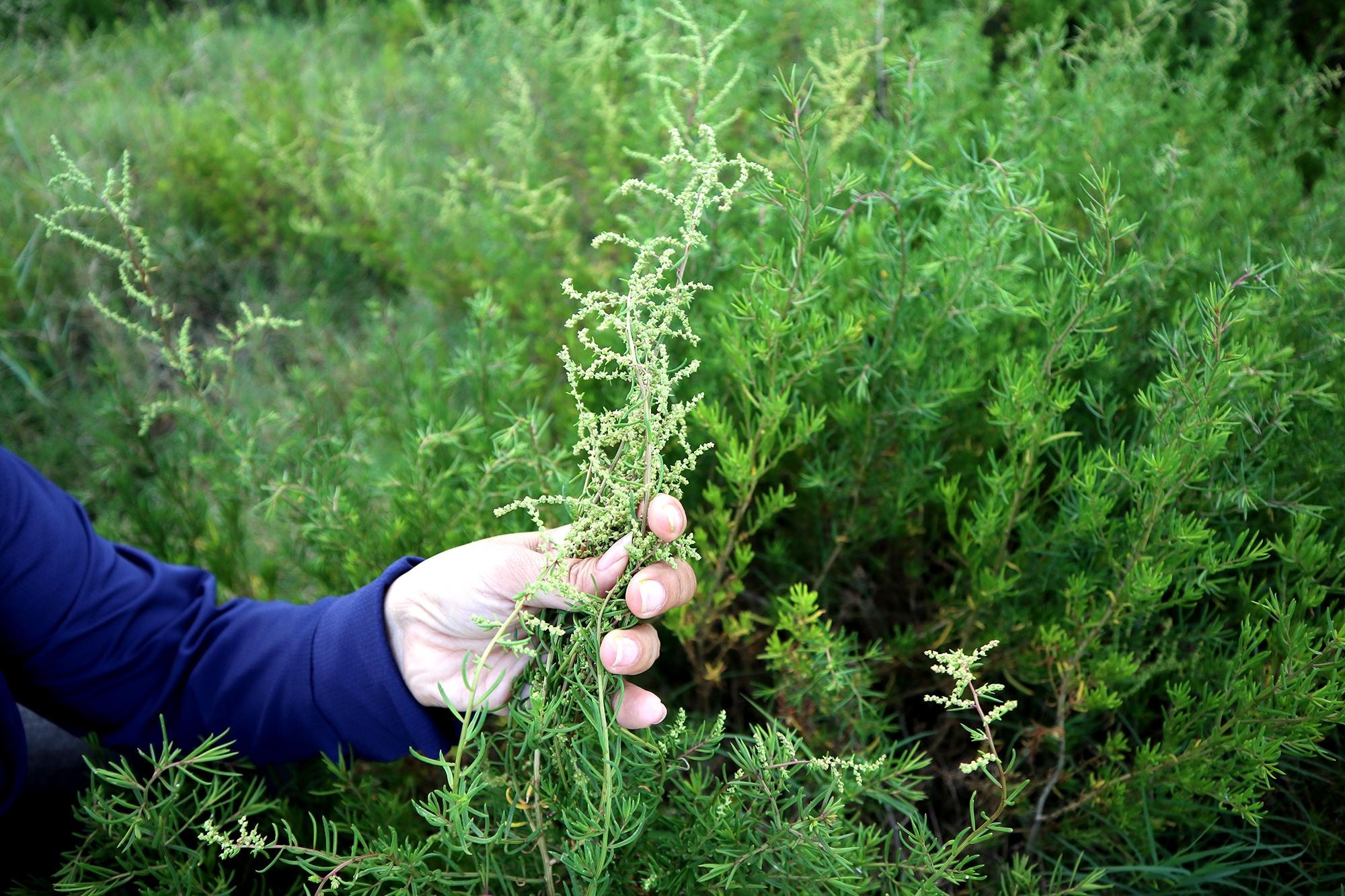 |
Being proactive in varieties, the plant is resistant to salt and drought, so the jujube vegetable is highly appreciated in choosing a crop that adapts to climate change. Photo: Thanh Phuc |
Therefore, along with implementing measures to limit saltwater intrusion, converting crop structure is considered an effective and sustainable solution for agricultural production areas affected by saltwater intrusion in many localities. In particular, the experimental planting model of jute has brought about remarkable results. Currently, jute products are being sold raw on the market, used to prepare dishes such as jute salad, jute stir-fried with garlic, etc.
Hopefully in the near future, when the composition and quality of the rau loot plant are analyzed, it will be processed into rau loot powder, rau loot tea, rau loot cake, etc., creating typical products of coastal localities, contributing to the implementation of the model.Sustainable saline agriculture adapting to climate change.
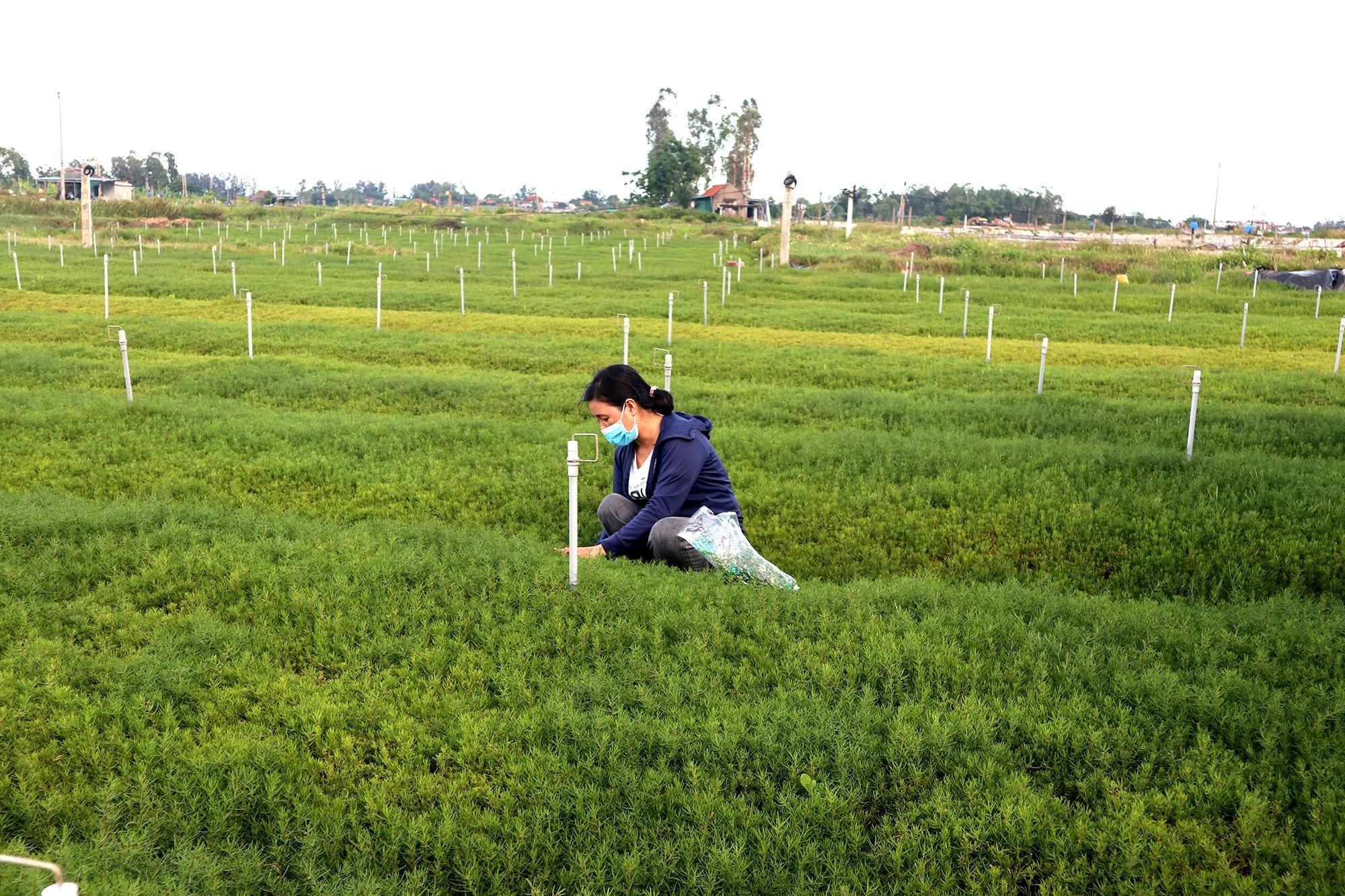 |
Tran Van Quan's upcoming plan is to expand the area of water spinach to 5 hectares in saline soil areas in Hoang Mai and Quynh Luu. At the same time, supply seeds to other localities in the country. Photo: Thanh Phuc |
The domestication, propagation and development of the Malabar spinach plant in coastal and saline soils into a commercial vegetable product, bringing high economic efficiency, has opened up a new production direction for the locality. Halophytes generally contain high levels of minerals and micronutrients, which are beneficial to human health, and are also plants that can adapt to the effects of climate change. Therefore, recent decades have witnessed the rapid development of the market for several types of halophytes in Europe, where the market is estimated to be worth about 24 million euros annually.
Therefore, the development of jujube in particular and salt-tolerant vegetables in general helps us achieve dual goals: local economic development and climate change adaptation, especially in localities affected by salinization of cultivated land.

